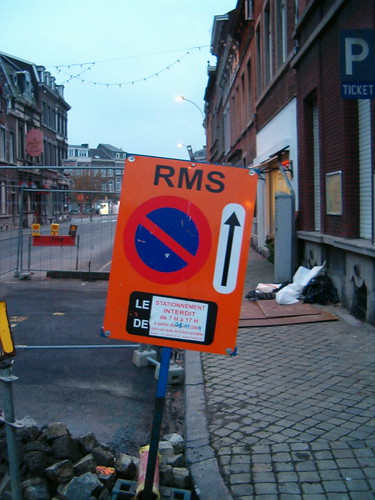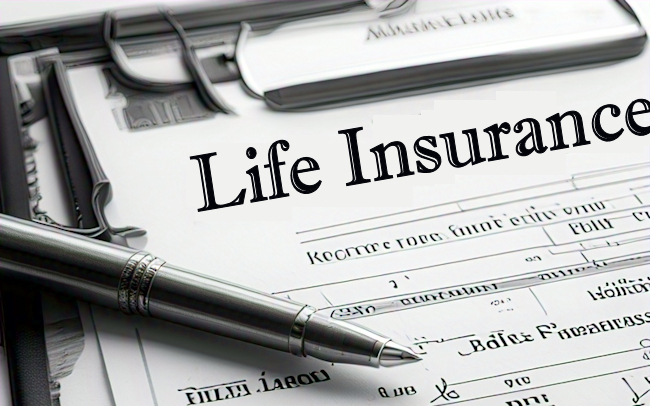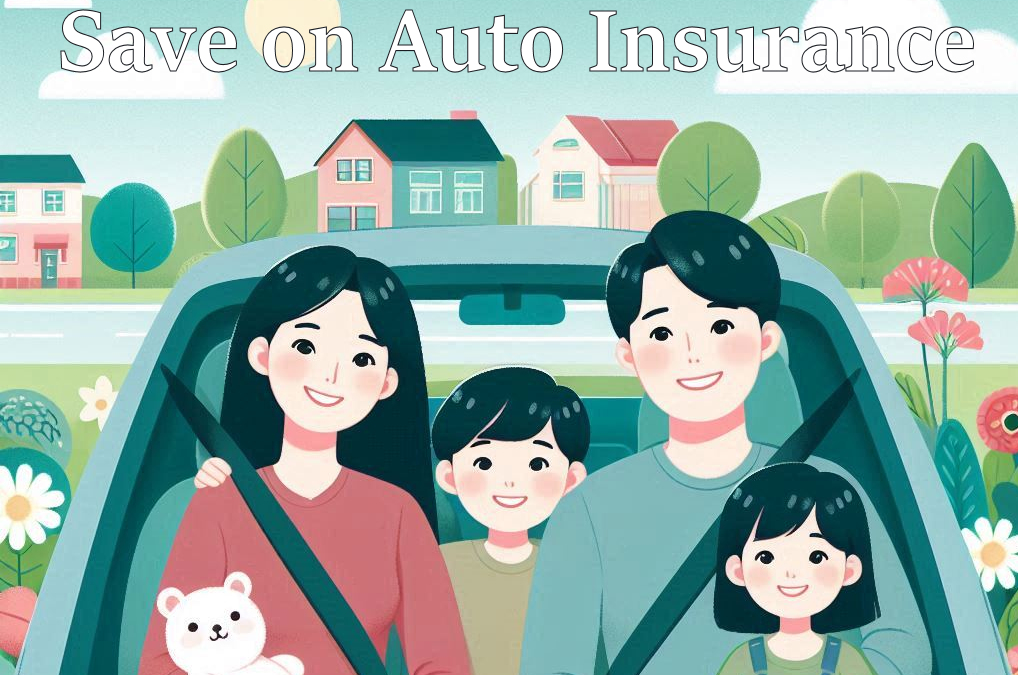Road Hazards
From summer’s sudden thunderstorms to winter’s sustained barrage of snow, ice and poor visibility, the open road is a dangerous place in any season. While you’ll never completely be able to eliminate the risks associated with driving, you’ll be far safer if you’re prepared for what’s coming around the bend.
 1. Animals
1. Animals
For herbivorous animals, finding a grassy highway median or shoulder is like winning the lottery. Unfortunately for the animals, accessing the sweet, often freshly mowed grasses here usually involves crossing a busy road and putting themselves directly in the path of oncoming traffic. Car-on-deer accidents are a major cause of serious injury, not to mention vehicular damage, so avoiding larger animals in the road is key. Also remember that deer are often hypnotized by bright lights and will step directly into your path out of curiosity just at the worst possible moment. Just don’t make the common mistake of swerving wildly to avoid a deer: Hit your brakes instead and honk to frighten the animal off. On dark roads with limited sight-distance, use common sense and slow down around curves.
2. Black Ice
If you live in a cold climate, you’ve likely had a few hairy experiences with black ice. This pernicious, nearly invisible coating tends to form on roads when the temperature is right around freezing, often as a result of a quick late-fall or early spring cold front that drops the temperature after a rainstorm. If you have one, pay close attention to your car’s exterior thermometer in changeable weather. If not, check the weather before you go out and slow down for wet patches in the road.
3. Blowouts
They’re more common during the hot summer months, but blowouts can strike at any time. To avoid them, always look ahead: Most flat tires are caused by existing road debris that is often, ironically, left over from earlier blowouts. Slow down or change lanes to avoid chunks of metal and tire that can damage your vehicle. Also, check your tires weekly to verify that they’re properly inflated and have sufficient tread. Over-inflated tires are just as prone to blowing out as under-inflated tires, so adjust accordingly. If you get a blowout don’t slam on the brakes, hold tight to the wheel and gently slow down to avoid losing control. Front tire blowouts are extremely dangerous and hard to control as a blown tire has much more friction than an ordinary tire. This will cause your car to pull in the direction of the blown tire possibly causing you to swerve into oncoming traffic.
4. Fog
Fog is a localized, often sudden weather event that can cause major problems if not dealt with properly. If you live in a fog-prone area near water or at altitude, expect low-visibility conditions during the early morning and evening hours. Generally speaking, the only way to avoid fog is to slow down and turn on your fog lights. If it gets really soupy, make the right choice and pull off the road into a safe spot where someone can’t hit you from behind until visibility improves.
5. Potholes
There’s nothing quite like hitting a deep pothole: It rattles your jaw, momentarily destabilizes your car and delivers a sharp dagger of panic until you can confirm that your tire is still intact. In addition to the momentary shock pot-holes can mess up your wheel alignment, bend rims and thus cause premature tire wear. The easiest way to avoid these suspension-killers is to keep an eye on the road ahead. Potholes often form towards the end of winter, when the stress of repeated freeze-unfreeze cycles becomes too much for mortal blacktop. Pay special attention on country roads, which often languish for years before the cash-strapped counties responsible for their maintenance get around to resurfacing them.
Short of giving up driving entirely, there’s nothing that you can do to completely eliminate the risks of the open road. You can reduce them, however, by using this list of common road hazards, adding to it as you see fit, and driving more carefully in general.
Image Source Flickr



